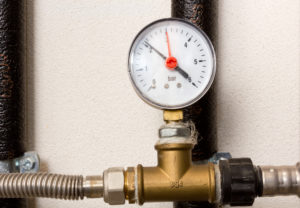Q. I have an Illinois Title V permit and we run three boilers with two firing natural gas and one we blend natural gas and biogas. We have the ability to use diesel and oil as well, but we simply do not use these. Although, we keep them on our permit just in case we needed to utilize these back-up fuels. Where, when, and how often do we need to be doing opacity testing?
A. In terms of where opacity testing would need to be conducted, this testing would be conducted at the point of emission to the atmosphere (i.e, at the stack outlet) for each unit. Any Method 9 opacity monitoring must be conducted by a certified Method 9 visible emissions observer.
It is unlikely that the units would be required to conduct regular opacity monitoring when burning natural gas, beyond perhaps an initial compliance demonstration. However, Method 9 opacity monitoring would likely be required when the units fire oil. When and how often this would be required is dictated by what regulations apply to these boilers. For example, if a boiler is subject to the federal New Source Performance Standard for Industrial-Commercial-Institutional Steam Generating Units (40 CFR 60, Subpart Db):
- 40 CFR 60.43b(f): establishes the opacity standard
- 40 CFR 60.46b(d): outlines the performance testing requirements
- 40 CFR 60.48b(a): outlines the ongoing opacity monitoring requirements (i.e., when & how often)
- 40 CFR 60.49b: establishes what records must be maintained to document opacity testing
Therefore, I would suggest reviewing the Title V permit to determine what particulate matter and opacity regulations apply to these units, especially when they are firing oil, and then review these regulations to determine what the opacity monitoring requirements are.
If you cannot determine this information from the permit itself, review the permit application that was submitted to the Illinois EPA. In the application there should be a form 240-CAAPP Fuel Combustion Emission Unit for each boiler. In box 35a of this form, the applicant is required to list all monitoring requirements for the unit, the method of monitoring, and the frequency of the monitoring.
If you still cannot determine the requirements, I suggest contacting the Illinois EPA permit engineer that reviewed your Title V application and drafted your permit to discuss your opacity monitoring obligations, as he or she will have the requisite knowledge of your facility, your permit, and the applicable requirements to answer your question.

